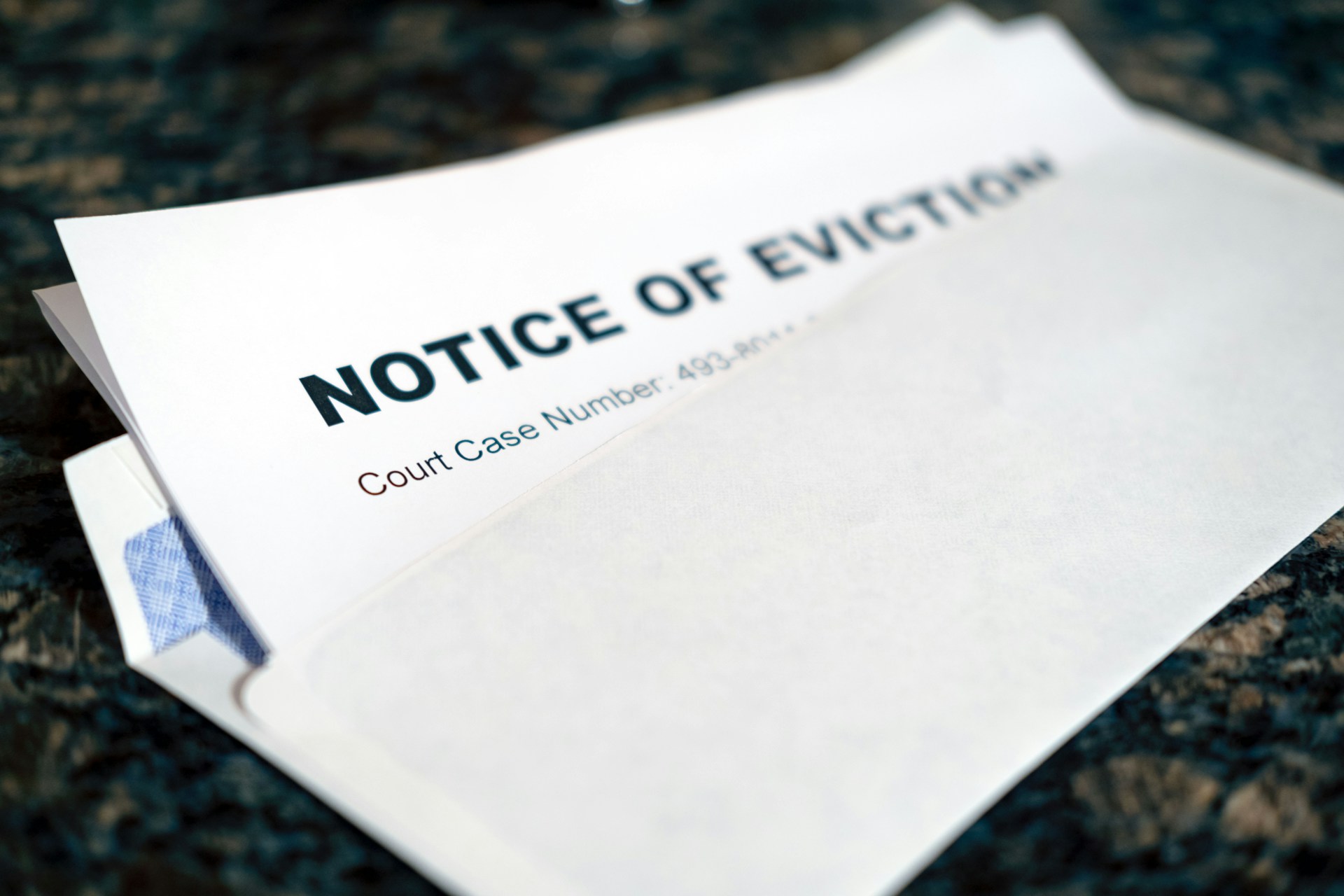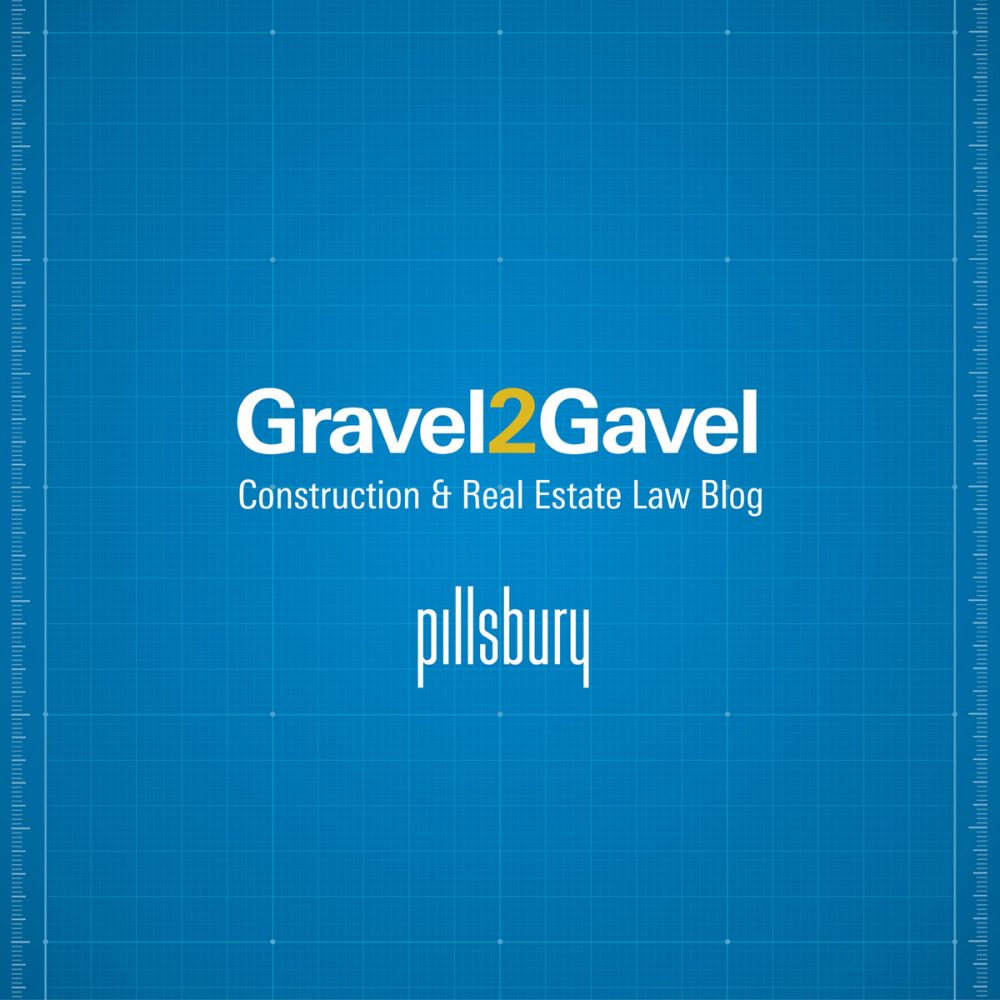What Is an Application for Payment in Construction?
In many ways, the construction industry is unique.
Not least because of scale, complexity, and the length of time projects take to complete.
Targeted legislation like The Construction Act regulates many aspects of how construction employers, funders, contractors, and subcontractors must do business — including how and when contractors and subcontractors get paid.
Unlike a standard invoice, an application for payment in construction carries singular obligations for contractors and contractors.
How exactly does a payment application in construction work?
Read on to find out.
What is a Payment Application in Construction?
A payment application is a written request from a contractor to an employer or a subcontractor to a contractor (payer) for full or partial payment against works completed.
The process allows contractors and subcontractors to receive interim payments over the duration of a construction project rather than shouldering the burden of all costs before the contracted work is complete.
If you’re carrying out construction work for somebody else, the intervals at which you can apply for interim payment should be set in your contract with the main contractor/payer.
Many building projects in the UK use Joint Construction Tribunal (JCT) forms as a standard construction contract.
However, the interim payment schedule varies from project to project.
Regardless of the specific terms, the Housing Grants, Construction and Regeneration Act 1996 — typically referred to as ‘The Construction Act’ — mandates an interim or stage payment regime to be included in the contract for all construction projects estimated to take over 45 days to complete.
Unlike a standard invoice, a pay app must include detailed supporting documents outlining the portion of work completed for the interim payment period.
In standard practice, payment applications are closely aligned with a Schedule of Values or contract sum analysis, which acts as a roadmap for the construction project and breaks the job into stages.
By making interim payment schedules mandatory, the law seeks to minimise delayed or non-payment in construction contracts and keep the construction supply chain running smoothly.
If, for whatever reason, a construction contract does not include payment and adjudication terms, The Scheme for Construction Contracts (England and Wales) Regulations 1998 provides a fallback to the following conditions.
- The ‘relevant period’ for a subcontractor to apply for an interim payment is every 28 days.
- Interim payments are due either seven days after the end of the relevant period or after the contractor applies for payment.
- The maximum allowable payment period is 17 days after the due date. This is called the final date for payment.
When Are Interim Payment Applications Used?
Subcontractors use interim payment applications to bill contractors (or payers) for a portion of the works completed.
Typically, a Schedule of Values in the construction contract will stipulate when interim payments are due.
Interim payment applications are often made on a monthly basis, but when they should be issued varies according to the terms of the contract.
In many cases, the main contractor (or payer) will issue a payment notice to the subcontractor within five days of when the interim payment is due.
If the payer is unsatisfied with the work completed to date — or wishes to reduce the interim payment amount due under the contract for other reasons — the payer may issue a Pay Less Notice.
If a Pay Less Notice is not issued following the proper procedure, the payer can no longer dispute the amount due under the application or certificate.
A subcontractor should send the Payment Application according to the project’s draw schedule (if one is defined in the contract).
A draw schedule is designed to help manage cash flow between the owner, main contractor, and subcontractors on a construction project.
The interim payment or draw schedule is typically laid out in one of the following ways.
- Calendar-based milestones (monthly or quarterly)
- Project-based milestones (specific tasks completed)
Interruptions to a draw schedule can cause serious pain to the contracting parties — particularly main contractors and subcontractors.
If the project owner fails to release monies as per the agreed draw schedule, contractors may be unable to purchase materials, pay their employees, or meet their obligations to subcontractors.
It’s also vital for the paying party to verify that the works being billed for under the draw schedule are complete to the required standard.
This is one of the reasons that Payment Application Notices must include detailed information on the work that’s been done, as well as supporting documents.
What Information Is In an Application for Payment in Construction?
The exact format and required information for Application for Payment Notices in construction can vary by project and the terms of the contract.
A standard payment application template may contain the following information. However, the contract will set out the detailed requirements for a valid application for payment.
| Application for Payment in Construction Template (Pay App) |
| Name of Payer (Owner, Main Contractor,.) |
| Name of Project |
| Payment Application Number |
| Valuation Date |
| Total Contract Amount (in pounds sterling) |
| Value of Contract Work Completed (to date) |
| Value of Changes/Additions to Works |
| Value of Materials Stored On-Site |
| Retention Amount (if applicable) |
| Total Amount of Interim Payments to date |
| Sum due in this application before VAT and after CIS |
The following supporting documents may be required depending on the type of Application for Payment Notice you’re using and the contract terms.
| Supporting Documents for Payment Applications in Construction |
| Schedule of Values |
| Supplier or Vendor Invoices |
| Purchase Receipts |
| Photos or Other Visual Documentation of Work Completed/Materials Stored On-site, etc. |
Depending on the project, the payer may require interim payment valuations before a Pay App is approved.
If in doubt as to the evidence you must produce to support an Application for Payment, consult your original contract.
As a general rule of thumb, contractors and subcontractors should retain as many supporting documents as possible and be prepared to supply them if needed.
Not only will it make the payer more likely to pay promptly, but it will serve you well if there’s ever a construction dispute.
What’s the Difference Between an Application for Payment and Invoices?
Everyone is familiar with invoices as a statement of payment due.
Payment Applications in construction differ from invoices in several respects.
Let’s start by defining each.
Invoices
An invoice is a detailed statement of goods purchased or services rendered, the quantity, price per unit, and total amount due.
Application for Payment
A Payment Application in construction is a document sent by a main contractor or subcontractor to the contracted payer to request interim payment for work completed during a specific period.
When Should You Issue an Invoice or Application for Payment?
In most construction projects, contractors and subcontractors will use both invoices and Payment Applications.
An invoice is usually necessary for VAT and Tax purposes.
An Application for Payment Notice creates your right to be paid. An invoice alone will not do so unless it complies with the requirements of an application for payment.
Once a payment application is delivered per the terms of the contract, the payer must issue a Payment Notice/Certificate or Pay Less promptly and make the requested payment by the final date for payment.
How Does the Application for Payment Process Work?
The Application for Payment process varies from project to project, but statutory requirements must be met.
The basic timeline for construction projects and Payment Applications is as follows.
Hiring a Main Contractor
The project owner — or project manager such as an architect — hires a main contractor to complete or oversee all of the building work required to bring the project to completion.
Once the total cost of the project is agreed, a schedule of payments is defined under the terms of the contract between the owner/manager and the main contractor.
A stage payment schedule is a legal requirement for any construction project estimated to take more than 45 days to complete.
Hiring Subcontractors
Unless a large firm takes on the project, the main contractor will hire multiple subcontractors to complete specific portions of the total build.
Areas of construction projects often carried out by subcontractors often include:
- Structure and framing
- Concrete
- Electrical
- Plumbing
- HVAC
- Painting
- Carpentry
Schedule of Values and Stage Payments
Before the subcontractor commences work, they must settle on a total price or a quotation with allowances for changes with the main contractor or payer.
The interim payment schedule varies by project but must meet the statutory minimums.
The most commonly used interim payment schedules in construction contracts between main and subcontractors are:
- Payment by fixed period (weekly, monthly, quarterly, etc.)
- Payment for specific milestones in work completed
Payment Notices and Applications for Payment
Depending on the agreement between the main contractor and subcontractor, the main contractor may issue a Pay Notice or Pay Less Notice to the subcontractor after the specified period.
Or, the subcontractor may issue an Application for Payment per the terms of the contract — or as mandated under the Construction Act and The Scheme for Construction Contracts.
Pay Less Notices and Due Dates
If the main contractor or payer is dissatisfied with the work billed for in the Payment Application or disputes whether said work was completed, they may elect to make reductions in their certificate or issue a Pay Less Notice.
A Pay Less Notice informs the subcontractor that the amount due on the Payment Application will not be paid — in part or in whole.
If you’re a subcontractor that receives a Pay Less Notice — and you can’t resolve the matter with the main contractor directly — you may have no choice other than legally pursuing the matter before an adjudicator, arbitrator, or the Court.
If you become embroiled in a construction dispute over payment — or any other matter — it’s essential to take expert legal advice immediately.
Failure to act could mean that you never get paid for the work you’ve already completed — let alone the balance of the contract.
What About the UK Construction Act & Applications for Payment?
In construction projects of any significant scale, the interim (or stage) payment process will be enshrined in the contracts between the project owner or manager and the main contractor and in agreements between the main contractor and subcontractors.
However, the agreed provisions must meet or exceed the mandatory legal requirements.
In instances where no Schedule of Values or stage payment process exists, the law provides a mandatory framework.
Under the Housing Grants, Construction and Regeneration Act 1996, supplemented by the Scheme for Construction Contracts (England and Wales) Regulations 1998, the following minimum payment requirements are implied and must be met.
Stage Payments
Stage payments must be made after each ‘relevant period’ of 28 days (unless otherwise specified in the contract).
Amount Due
Payment is due for the value of work done during the relevant period.
Due Date
Stage payments fall due on one of the following dates (whichever is later):
- The date of the Application for Payment
- 7 days after the end of the relevant period
Final Payment
Final payments fall due on one of the following dates (whichever is later):
- 30 days after work on the project is completed
- the date of a correctly served Application for Final Remittance
Need Advice? Contact Helix Law.
Legislation like the Construction Act and the Scheme have done much to streamline the management of building projects and ensure that the supply chain is efficient.
Unfortunately, payment disputes between project owners, main contractors, and subcontractors remain alarmingly frequent.
If you’re a contractor engaged in a payment dispute, get in touch with the construction litigation experts at Helix Law today.
If you’re a project owner or contractor at the crucial drafting stage of an agreement, we can help ensure the contract complies with relevant legislation and avoids the potential for future disagreements.
Contact Helix Law today. We aim to respond to all queries within an hour.






